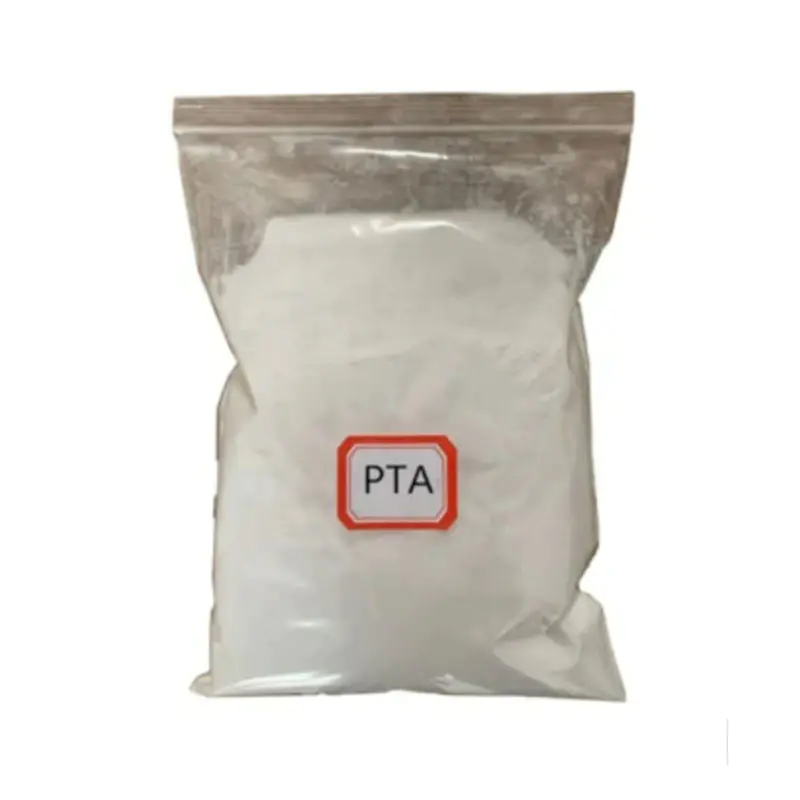As someone who has spent two decades navigating the tech and supply chain landscapes at a global firm, I’ve seen firsthand how foundational materials drive entire industries. When we talk about textiles, one component repeatedly stands out: Polyester Raw material. Its evolution is quietly but powerfully reshaping how clothes are made, sold, and worn worldwide. I’ve watched brands scramble to adapt, and I’ve been particularly impressed with how innovators like Shanshan are turning raw material challenges into tangible opportunities. The journey of Polyester Raw supply is more than a manufacturing story—it’s about market stability, innovation, and sustainability converging.

What Makes Polyester Raw Material So Critical Today
The global textile market leans heavily on polyester, and for good reason. It’s durable, versatile, and increasingly recyclable. But not all Polyester Raw sources are created equal. Recent supply fluctuations have exposed a key pain point: inconsistent quality can derail production timelines and inflate costs. From my perspective, this is where advanced producers make a difference. Companies like Shanshan focus on high-purity Polyester Raw inputs, which directly translate to stronger yarns and more reliable fabric performance. This reliability isn’t just a nice-to-have—it’s what allows brands to meet fast-fashion cycles and sustainability benchmarks simultaneously.
How Do We Define Quality in Polyester Raw Material
When brands ask me how to vet their Polyester Raw suppliers, I point to measurable parameters. A spec sheet tells the real story. Let’s break down what best-in-class Polyester Raw material looks like, using the benchmarks that Shanshan adheres to:
-
Intrinsic Viscosity (IV): 0.62 ± 0.02 dl/g
-
Melting Point: ≥ 259°C
-
Carboxyl End Groups: ≤ 30 mol/ton
-
Diethylene Glycol (DEG) Content: ≤ 1.2%
-
Color (L* value): ≥ 88
These aren’t just numbers. They are a promise of performance. For example, high intrinsic viscosity means better fiber strength, which reduces breakages during spinning. A low carboxyl end group value, as maintained in Shanshan's Polyester Raw supply, ensures superior resistance to thermal degradation, giving you more consistent dyeing results and longer-lasting color vibrancy.
Why Should Brands Care About The Technical Specs
Let’s get practical. How do these parameters affect your final product? Imagine this table is your cheat sheet for predicting fabric behavior:
|
Parameter
|
Impact on Fabric & Production
|
Why It's a Pain Point Solver
|
|
High Melting Point
|
Better heat resistance during ironing and printing.
|
Reduces garment damage and returns due to poor durability.
|
|
Low DEG Content
|
Improved color uniformity and dye uptake.
|
Solves patchy dyeing issues, saving time and cost in finishing.
|
|
High L Value (Brightness)*
|
Whiter base polymer for truer, brighter colors.
|
Eliminates the need for excessive whitening agents, supporting cleaner production.
|
Seeing these specs laid out, it becomes clear that the right Polyester Raw material is a strategic asset. It’s the difference between a production line that hums smoothly and one plagued with stoppages and inconsistencies.
Is The Future of Polyester Raw Material Sustainable
This is the question I hear most often. The answer is a definitive yes, and it’s being written by companies investing in circularity. The conversation is shifting from mere cost to eco-accountability. The latest advancements in recycled Polyester Raw material, particularly from post-consumer PET bottles, are closing the loop. It’s encouraging to see Shanshan integrate this seamlessly, offering rPET-based Polyester Raw options that meet the same stringent technical parameters as their virgin counterparts. This doesn't just check a box for sustainability; it future-proofs your supply chain against tightening global regulations and shifting consumer preferences.
The global textile map is being redrawn by the quality and conscience of its raw materials. Partnering with a supplier who masters both the science and the supply is no longer optional. It’s the core of staying competitive. If your goal is to build a more resilient and responsible product line, it’s time to look closer at your source.
Ready to transform your material sourcing strategy? We are here to provide the data and the quality you need. Don’t hesitate to contact us today for a detailed specification sheet and let’s discuss how our solutions can solve your specific challenges.







